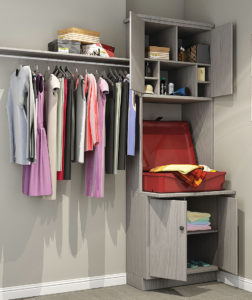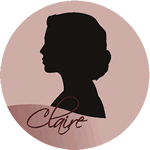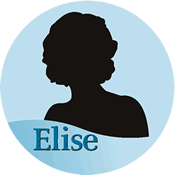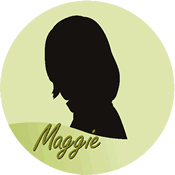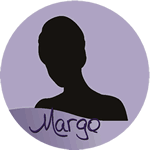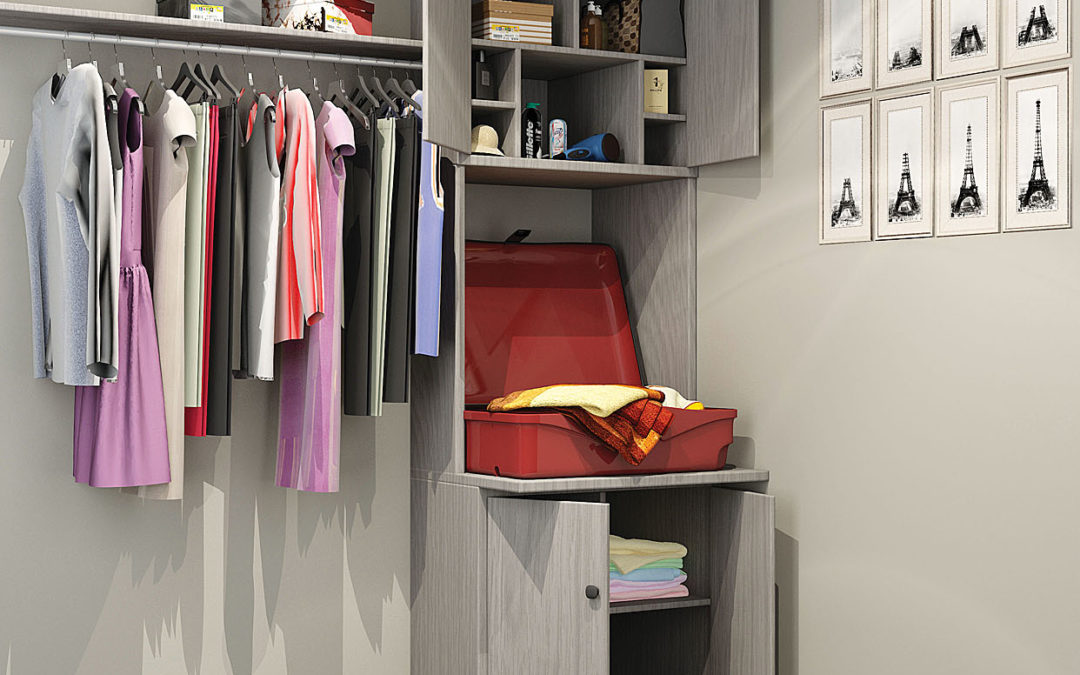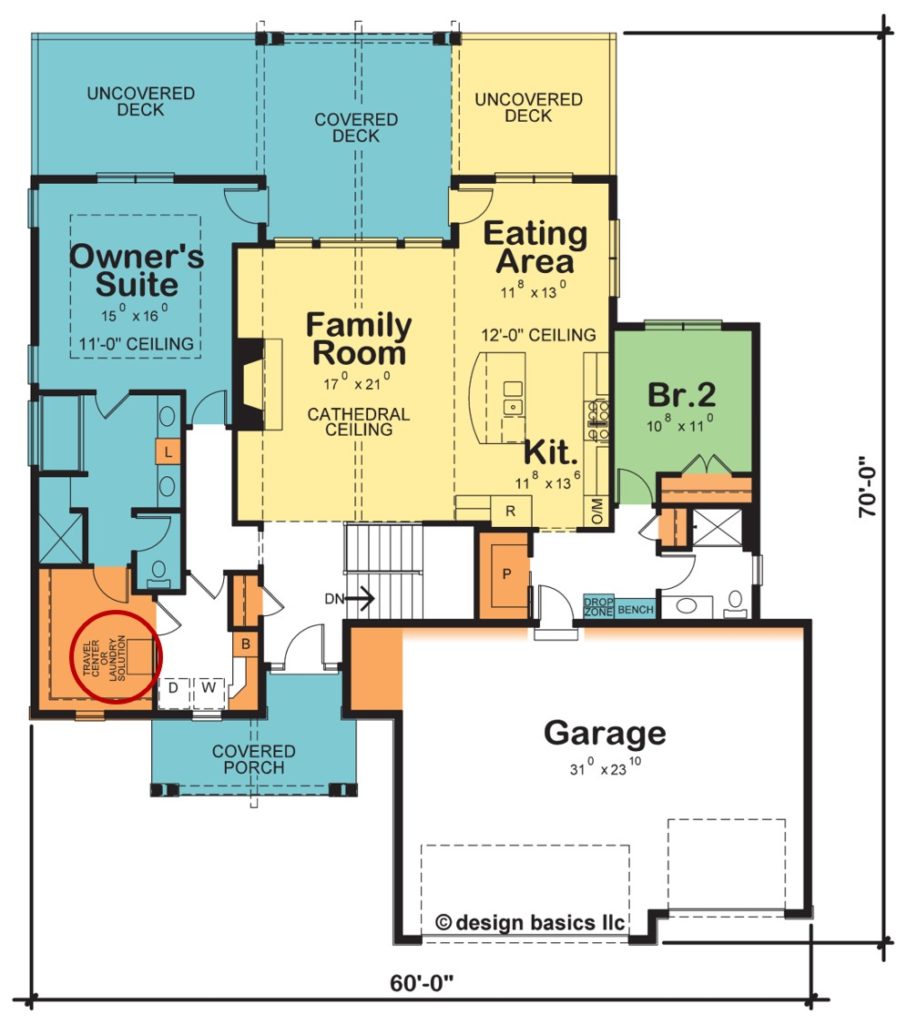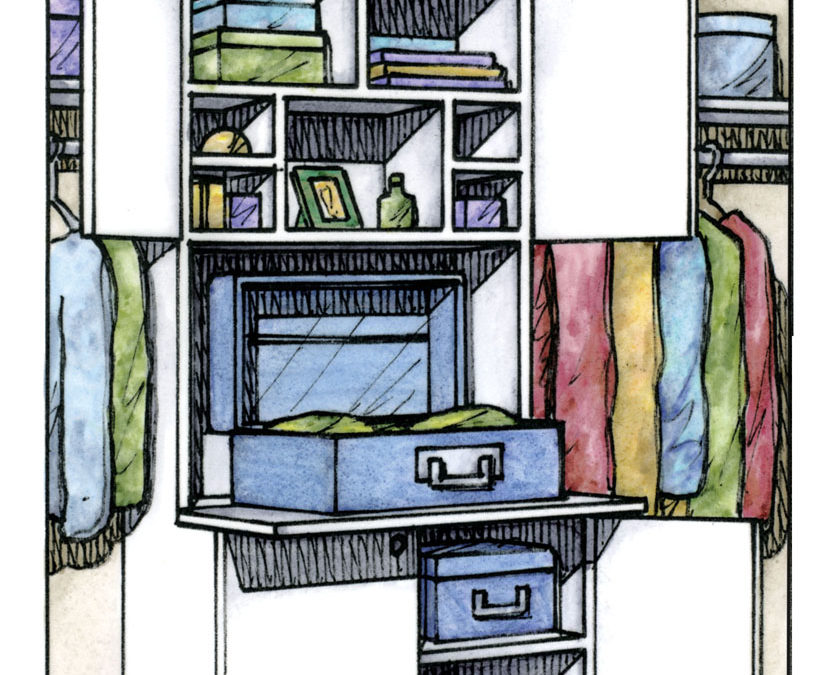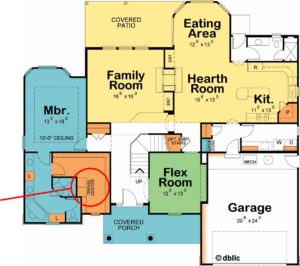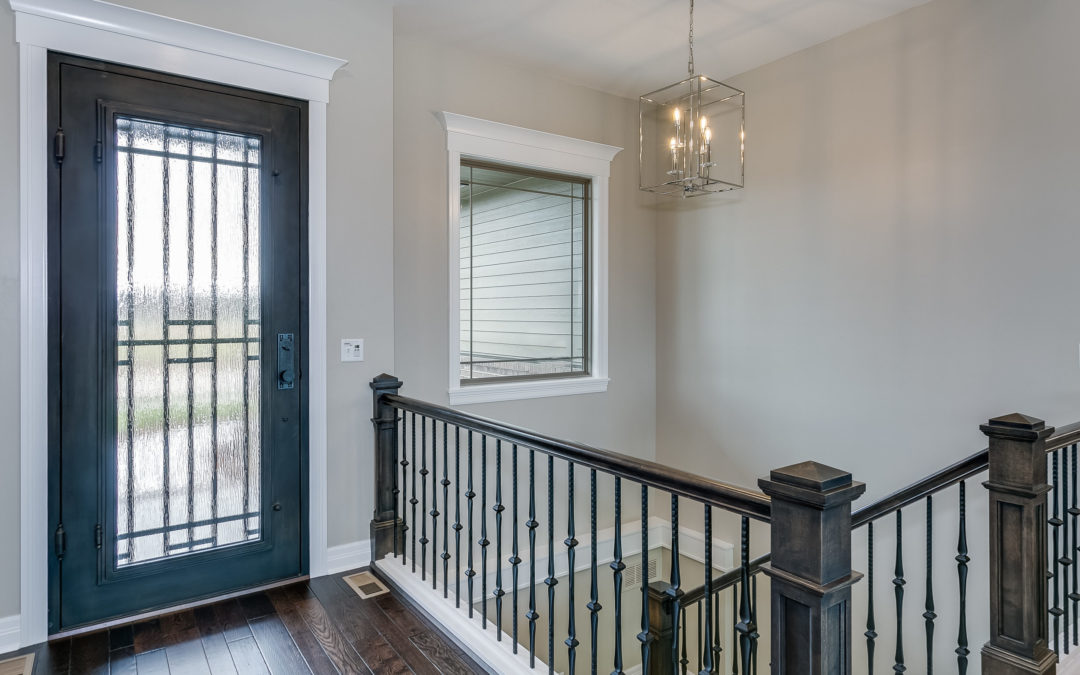
Design Adds Meaning and Value
Everything is designed. Look around you. Everything you see was designed. The ceiling, lighting, your chair, the wastebasket, the door. Design can make or break a business – just look at Apple’s outstanding designs and now defunct Oldsmobile for lack of design innovation. The jeans you’re wearing – are they Wrangler jeans that set you back $20 from Walmart or a $100 pair of fashion jeans? They mean different things to you and have different “value” for you.
Not everything gets noticed. And that’s okay, because sometimes thoughtful design blends right in. We might not appreciate good home design because it already resolved potential issues. It’s kind of like how we don’t necessarily appreciate feeling good until we’re recovering from being sick. But as with chronic pain, bad design – such as doors that open into each other – calls attention to itself and definitely gets noticed!
Remarkable design is “whole brained.” You might be familiar with left-brain/right-brain theory wherein left-brain thinking is associated with logic and analytics. FUNCTION. It’s an essential part of design. Does it do what it is supposed to do; does it do it well; and does it do it reliably? The right-brain is associated with creativity. FORM. Is this attractive? Does it stir your heartstrings? Lean too heavy to left-brain thinking and you end up with homes that look like plain, boring boxes. With too much right-brain thinking, you may sacrifice both livability and cost. The SOCIAL side of design resides in the right brain as well, which asks “What does this design say about me?” And, “How does this design make me feel about myself?”
Design can revolutionize our thinking, or leave us wondering “What were they thinking?” Design solves problems – existing and new. Suitcase always in the way in your closet? The Travel Center is an elegant solution that also provides a place, so you don’t have to pack your suitcase on your clean bedspread. Conversely, there’s the random linen closet, nowhere near the bedrooms or bathrooms. Go figure.
Design is a reflection of who we are – and who we want to be. Design lets your personality come through. Design reveals your values. Claire is looking for the WOW! factor in her front entry views. Elise feels good about the walk-in closets for her kids’ bedrooms. Maggie dreams of a home that’s casual, fun, perhaps even a bit whimsical. And Margo’s home has the contemporary touches that make it unique – and uniquely hers. Yes, design tells us and others who we are and can even help us understand ourselves better. A window to our soul.
Finally About Me® – discover your new home personality (click any profile silhouette below to learn more).
Design is about freedom. Freedom to express our true selves. Freedom and the autonomy to make our own choices rather than settling for someone else’s. Design tells stories without using words. Chamfer drywall corners, 32-inch wide interior doors, no-step entries, and an oversize doorless shower all “speak” safety while welcoming everyone into your home.
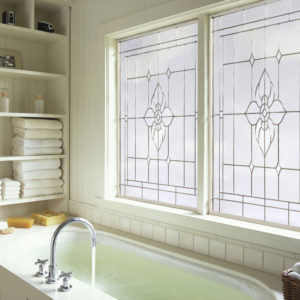
Photo courtesy: Hy-Lite®
Design is emotional. Pleasant Saturday morning solitude as you greet the sunrise on your private rear deck. The joy in Saturday night with a few close friends enjoying tasty barbecue on that same covered deck. You love how sunlight streams in through your bedroom’s transom windows. And the artistic glass block windows in your spa-inspired bathroom. Rather than “settling for,” you find inspiration in some of your design choices.
Design connects us. As humans, we were designed to live in community, and our homes are where that happens most. Design can bring us together, such as an expandable dining area for big family meals. Home plan design actually takes connection a step further, as the home design connects buyer and builder, sub-contractors and vendors, lender and building officials. Like a bicycle wheel hub whose spokes connect to every aspect of building your home.
Yes, design adds tremendous meaning and value. And cost. It must be expensive, particularly remarkable home design, right? Custom home plans typically range from $2.00 to $10.00 per square foot and will take from several weeks to months to complete. Pre-drawn home plans from leading residential designers average around $.50 per square foot and often can be delivered the same day. Customizing a pre-drawn plan to your specific desires can be significantly less costly and faster than starting from scratch. Your designer may also be able to suggest ways you could potentially reduce your new home’s cost. Scouring the internet, there may even be cheaper home plans, but do they provide good value? Design Basics’ talented residential designers solve design issues with creativity and innovation. Less experienced drafts people may resort to simply adding expensive square footage.
Good design can be the difference between elation and regret. Unfortunately, poor home design is a gift that keeps on giving too, as you experience the daily disappointments of the design shortcomings you learn to put up with. Living in a home that achieves your needs and wants is our designer’s gift to you – No Regrets!
For more resources on thoughtful design and products:
- View other articles on our blog
- Browse our Her Home™ Magazine
- Thoughtful Design Concepts
